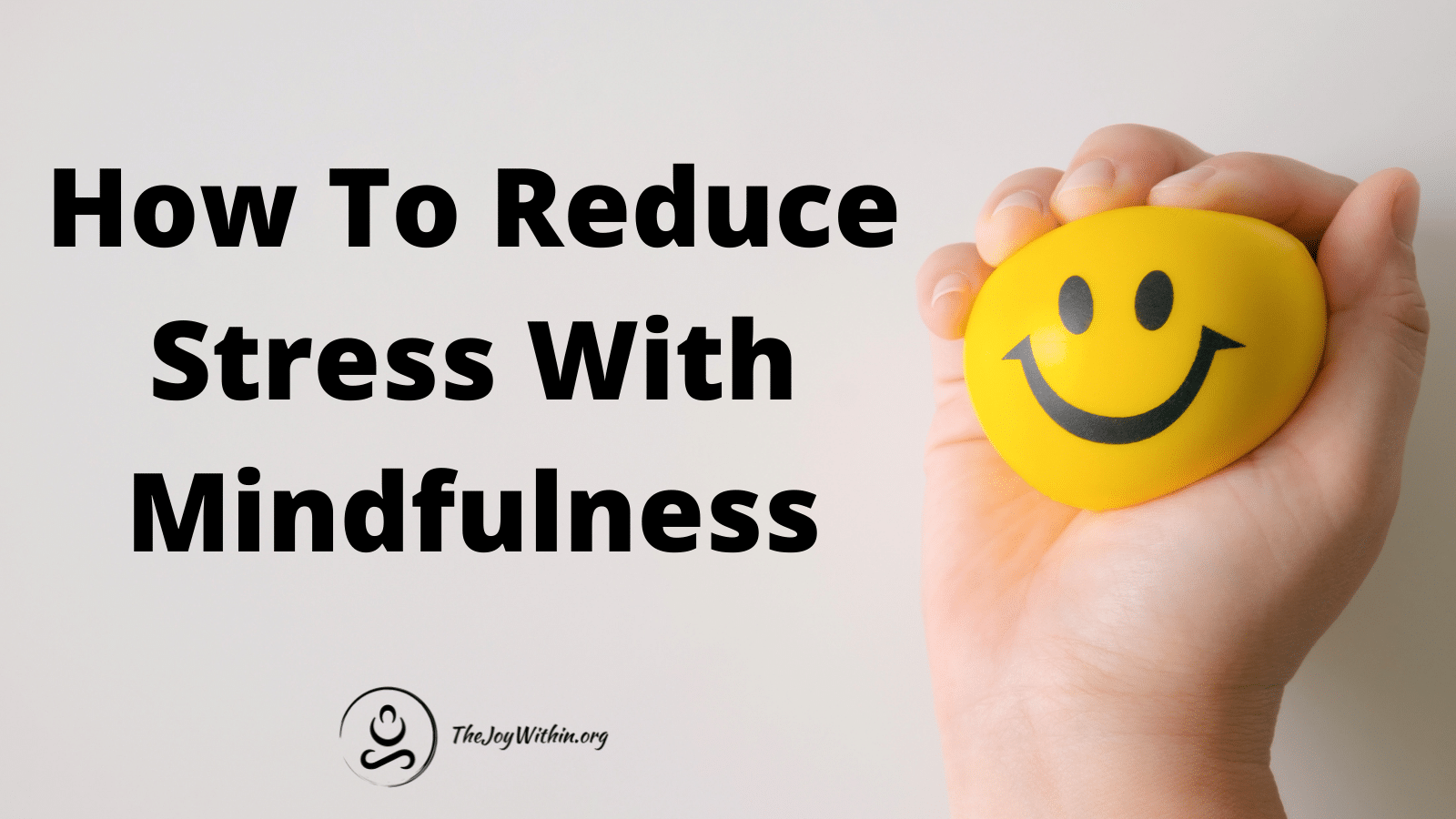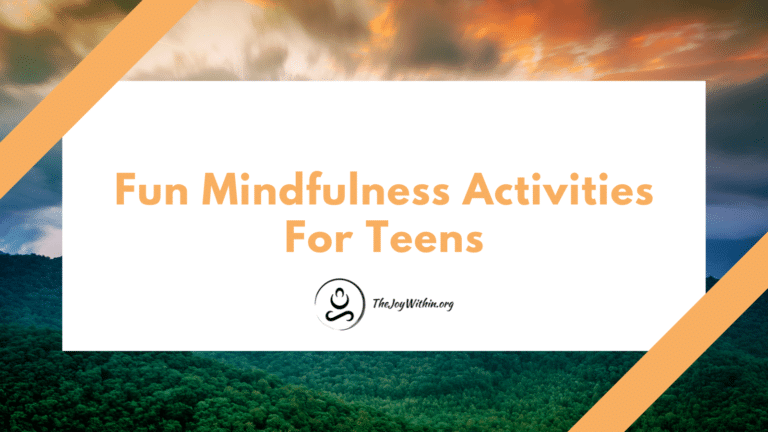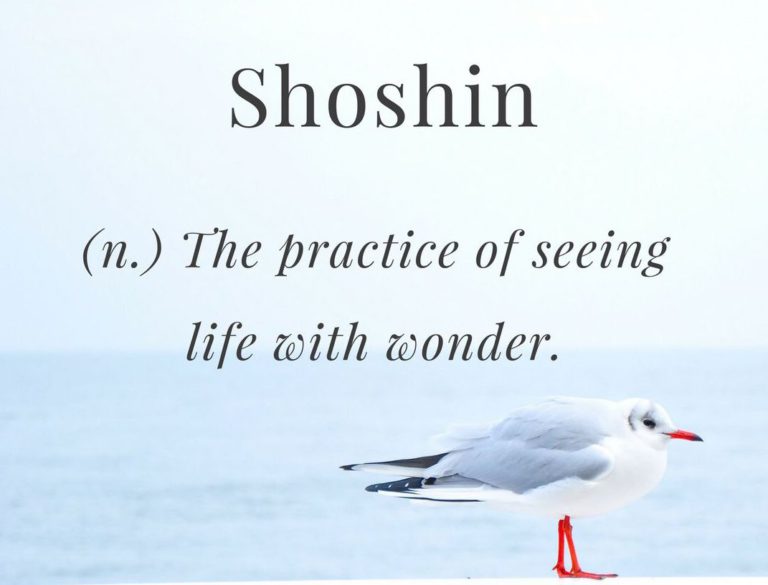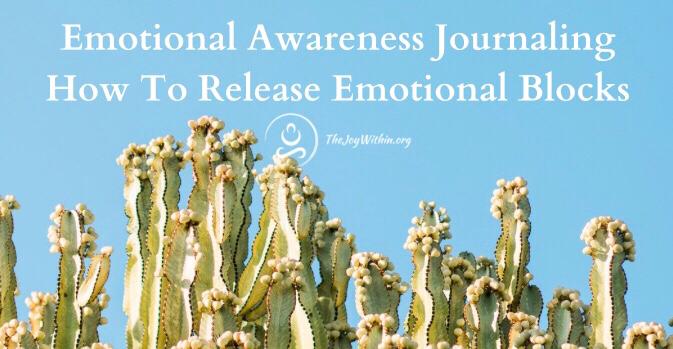As humans, we all deal with stress on a daily basis.
In fact, according to a poll by the American Psychological Association, one-third of Americans are living with extreme stress, and nearly half of Americans (48%) feel that their stress has increased over the past 5 years.
Whether it be an upcoming exam, a big presentation at work, or the championship baseball game; it’s almost inevitable. Even the most seasoned relaxed, carefree mindfulness practitioners face the effects now and again.
What Is Stress?
Stress can be described as an overwhelming feeling of mental or emotional pressure. Typically, it comes when we have a lot on our plate.
But stress is not just a feeling.
It comes with a variety of different mental and physical symptoms, including:
- Anxiety or irritability
- Depression
- Panic attacks
- Sadness
- Aches and pains
- Chest pain
- Exhaustion or sleep disruption
- Headaches and dizziness
- High blood pressure
- Muscle tension
- Stomach or digestion issues
When stress goes unaddressed, it can take over almost every aspect of our lives. It can have permanent effects on our brain and our overall well being.
Benefits of Mindfulness
There are a lot of different ways to manage stress. Some healthy, some not so much.
While a lot of people tend to opt for distractions, it’s a very temporary solution to a long-term problem.
Mindfulness, however, is a long-term solution for dealing with whatever life throws your way.
Neuroscience research has shown that mindfulness practices have the ability to dampen activity in our amygdala and increase the connections between the amygdala and prefrontal cortex.
This is important because these parts of the brain help us to be less reactive to stressors and to recover better from stressful situations.
In addition to relieving stress, mindfulness practices also have the ability to:
- Lower blood pressure
- Reduced chronic pain
- Improved sleep
- Increased focus
- Better moods
Mindfulness Based Stress Reduction
Mindfulness-based stress reduction started as a formal eight-week program created by Jon Kabat-Zinn in 1979.
Essentially, it teaches us to become more aware of our reactions to stress and create more awareness of our thoughts and feelings to better approach situations in the future.
For example, an upcoming presentation may be stressing you out, causing you to continuously push back the date.
Reflecting mindfully, however, may help you to realize that this is only prolonging your worries by postponing the inevitable.
Thus, instead of continuing to postpone, you may take a step back, breathe a few deep breaths, and reassess the best way to conquer your presentation.
Ways To Manage Stress
To help better demonstrate how mindfulness can reduce stress, we’ve compiled a list of exercises you can try, starting today.
It’s important to remember that these things always work better with consistency. Further, there is no one-size-fits all approach to stress relief.
Try a few to see what works best for you.
Mindful Breathing
Mindful breathing is one of the most simple ways to realign our energy and shift our focus when we’re feeling stressed or overwhelmed.
When you practice deep breathing, it sends a message to your brain telling you to calm down and relax.
It has the ability to activate your parasympathetic nervous system, which is responsible for the body’s relaxation and restoration process.
Give the following exercise a try:
4-7-8 Breathing
- Take a full, deep breath in through your nose for a count of 4.
- Hold all the air in your lungs for a count of 7.
- Exhale fully through your mouth for a full count of 8.
This completes one cycle. Continue working through the breath practice 3-10 times, or until you start to notice yourself feeling more at ease.
Alternate Nostril Breathing
The idea of alternate nostril breathing is to inhale and exhale through the nose, one nostril at a time.
- Take your right hand and place it over your face. Stretch your index and middle fingers up towards your forehead, pressing lightly against your third-eye center. Meanwhile, hold the thumb and ring finger on either side of your nose.
- Press your thumb lightly against the right nostril. You want to press sufficiently hard to block air from entering this nostril, but not so hard that you are pressing your cartilage against the bone in the center of your nose.
- Inhale through the left nostril, drawing in a full breath and allowing the air to linger at the top of the breath.
- At the top of the inhale, switch the fingers, releasing the thumb and using the ring finger to press lightly against your left nostril. The pose should feel easy, with only a slight constriction.
- Exhale through the right nostril. At the bottom of the breath, release all of the air from your body. If it is comfortable, pause briefly before beginning your next inhalation.
- As you inhale, continue to use the right nostril only. Again, inhale fully, drawing the air into your third-eye and allowing the breath to linger for a moment.
Repeat this process for several minutes, always changing your fingers at the top of the breath to switch the nostril you use after each inhale.
When you are ready, release the breath technique at the end of an exhale. Take a long breath in through both nostrils and exhale fully. Allow your breath to return to a soft, easy pace, breathing in and out through both nostrils.
For more breathing exercises to relieve stress, check out our blog post: 5 Breath Control Exercises for Stress Relief.
Meditation
Meditation is one of the most powerful approaches to Mindfulness Based Stress Relief.
It provides relaxation and tranquility by focusing your attention on the present moment, rather than the thoughts that may be causing you stress.
While it can feel intimidating to some art first, there are a lot of great practices out there to hep you get comfortable.
Here are a few for beginners:
Body Scan Meditation
Body scan meditation is a great way to get yourself more comfortable with feeling your emotions fully, without distraction.
To begin, lie down on your back with your legs extended, arms at your side, and palms facing up. Take a nice, deep breath, in through your nose and out through your mouth.
Then, begin to focus your attention on each part of your body, one at a time, moving in order, from toe to head or head to toe.
As you focus on each part of the body, stay aware of any sensations or emotions that come with it.
Walking Meditation
Walking meditation is a simple technique that can be done anywhere that allows you enough space to take a few steps.
To begin, pick a place. This can be indoors or outdoors. It doesn’t have to be silent, but try to find somewhere without too many distractions.
Next, simply start walking. Move slowly, taking 10 to 20 steps in a line. Make sure to focus on your steps as you take them, and remain slow and steady.
When you’ve completed these steps, turn around and walk back the same way, keeping the same pace.
The important part of this exercise is to take notice of how everything feels.
How do your legs feel as they lift on and off of the ground?
If you notice your mind beginning to wonder, focus on the sounds of your steps and the feeling of your breathing.
Repeat this activity for at least 10 to 15 minutes, for at least a week straight.
For more information on meditation techniques to reduce stress, or guided practices, check out our blog post 3 Simple Meditation Techniques To Reduce Stress.
If you’re considering the use of mindfulness to start reducing stress, make sure to utilize these these exercises on a regular basis.
The more often you practice these techniques, the more powerful their effects will become.




